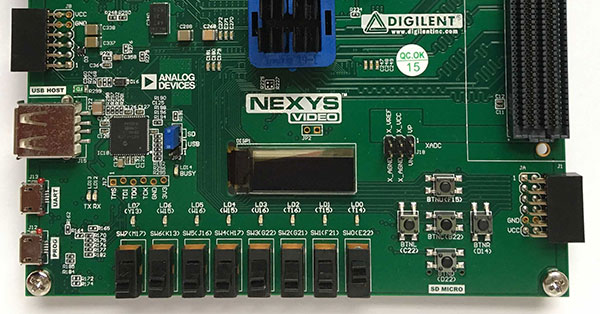This two-part tutorial provides a quick introduction to FPGA development with SystemVerilog and the Digilent Nexys Video board. No prior experience of FPGA development is required, but basic knowledge of programming concepts is assumed. If you can write a simple program with Python or JavaScript, you shouldn’t have any trouble.| Project F
Welcome back to our three-part FPGA tutorial with SystemVerilog and the Digilent Arty A7. In part two, we’re going to learn about clocks and counting. Along the way, we’ll cover maintaining state with flip-flops, timing things with clock dividers, creating our first Verilog module, and controlling LEDs with pulse width modulation. You might be surprised how far counting takes you: by the end of this tutorial, you’ll be creating RGB lighting effects worthy of a cheesy gaming PC.| Project F


